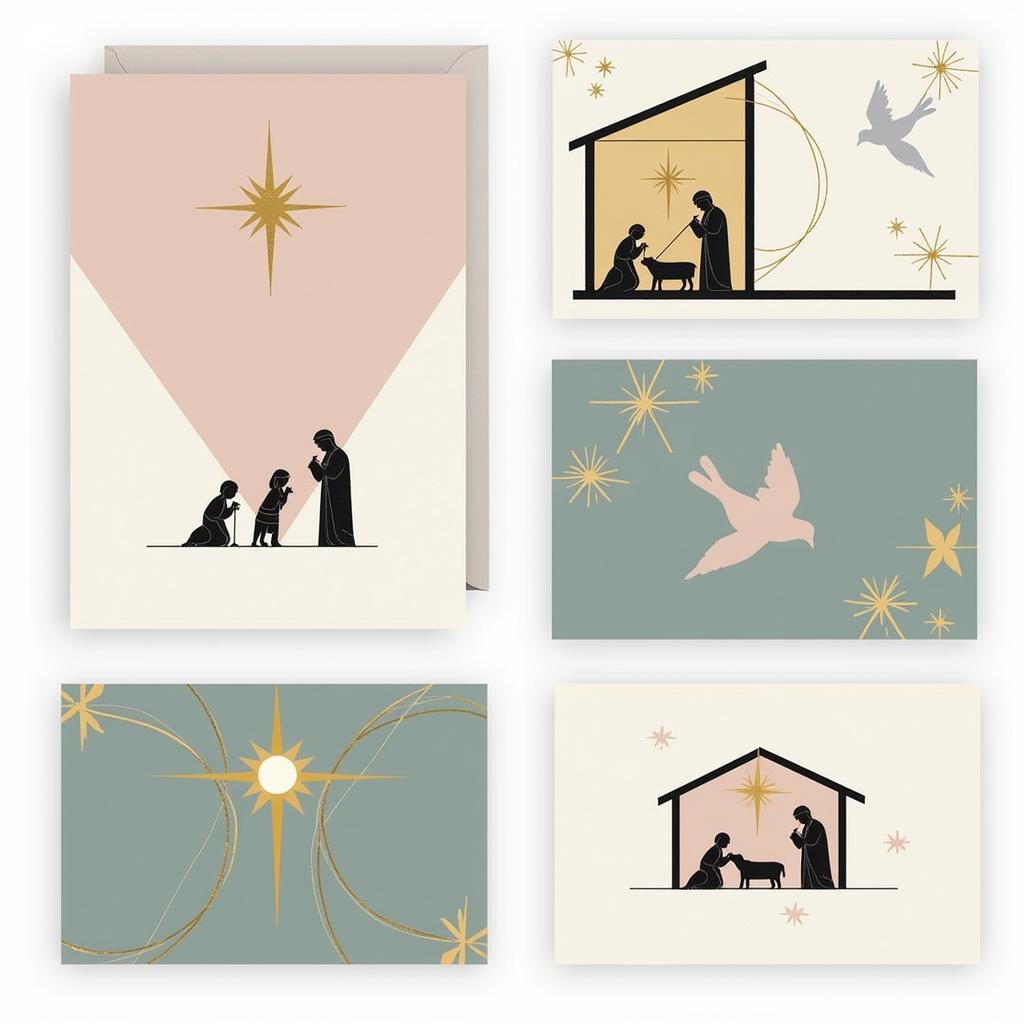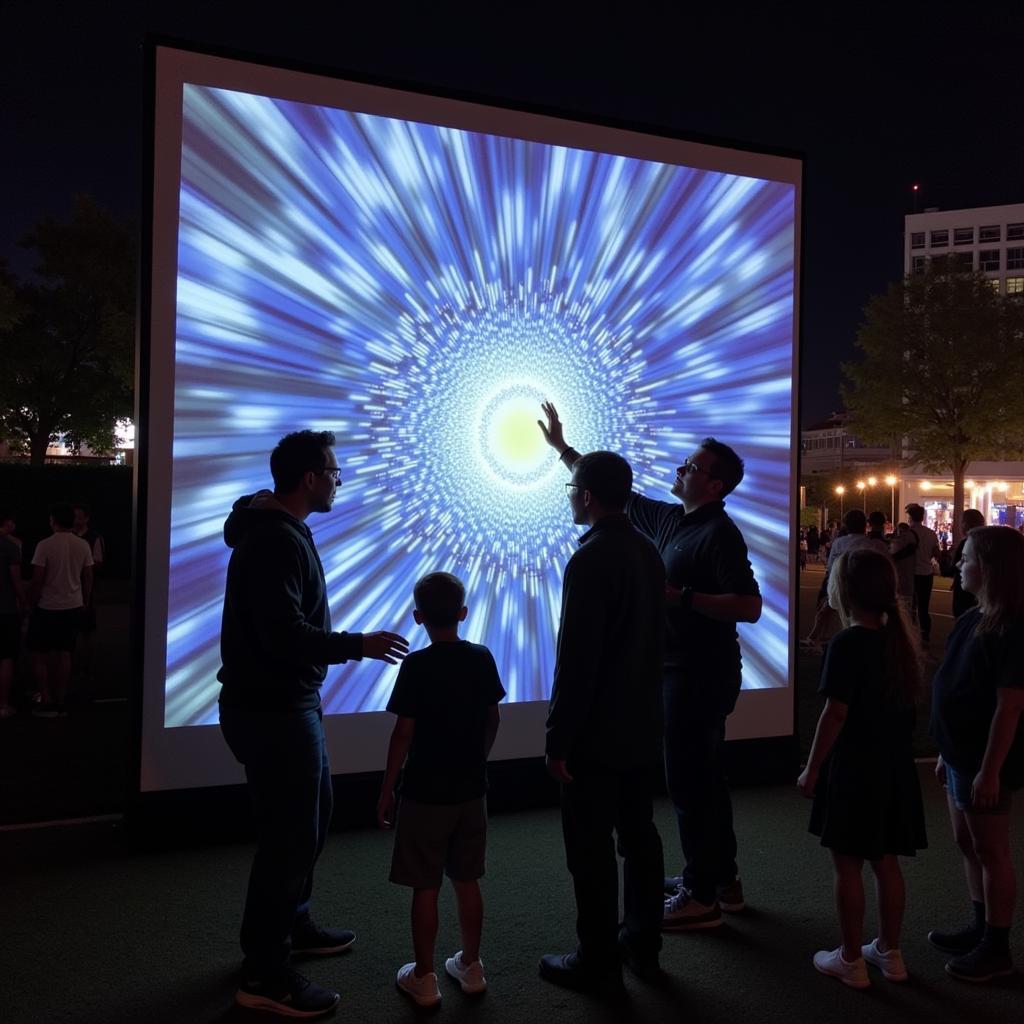Exploring the Rich Tapestry of Indian Classical Art
Indian Classical Art is a vast and vibrant field, encompassing a rich history of artistic traditions, diverse regional styles, and intricate techniques. From the ancient murals of Ajanta to the miniature paintings of the Mughal era, Indian classical art offers a captivating glimpse into the country’s cultural and spiritual heritage. This exploration will delve into the various forms, influences, and enduring legacy of this remarkable art form. Explore the mesmerizing world of Indian classical art, uncovering its rich history and diverse styles. Learn about the influences that have shaped this artistic tradition and its lasting impact on the art world.
The origins of Indian classical art can be traced back to ancient civilizations and religious philosophies. Hinduism, Buddhism, Jainism, and Islam have all played significant roles in shaping the themes, iconography, and aesthetics of Indian art. Early examples include rock art, sculptures, and murals found in caves and temples across the subcontinent. These works often depict deities, mythological narratives, and scenes from epics like the Ramayana and Mahabharata. The art served not only as decoration but also as a powerful medium for religious expression and storytelling. Just as art about marriage captures the essence of human connection, Indian classical art portrays profound spiritual bonds.
Key Characteristics of Indian Classical Art
Several key characteristics define Indian classical art, setting it apart from other artistic traditions. Emphasis is often placed on symbolism and spiritual meaning, with intricate details and vibrant colors used to convey complex narratives and philosophical concepts. Another defining feature is the use of specific iconography, which often depicts deities and mythological figures in stylized poses and with distinct attributes. The meticulous detailing seen in sensual erotic art finds parallels in the intricate craftsmanship of Indian miniatures.
Exploring Different Forms of Indian Classical Art
Indian classical art encompasses a wide range of forms, each with its own unique characteristics and techniques. Miniature paintings, known for their exquisite detail and vibrant colors, flourished under royal patronage, particularly during the Mughal era. Murals, found on the walls of temples and caves, often depict religious and mythological narratives on a grand scale. Sculpture, traditionally carved from stone or bronze, plays a vital role in Hindu and Buddhist iconography. What are the different forms of Indian classical art? Indian classical art encompasses miniature paintings, murals, and sculpture, each with unique styles and significance.
The Influence of Religion and Philosophy
Religion and philosophy have played a profound role in shaping Indian classical art. Hindu, Buddhist, and Jain iconography, along with their respective narratives and philosophies, have inspired countless works of art, imbuing them with deep spiritual meaning. The depiction of deities, mythological stories, and philosophical concepts is central to many forms of Indian classical art. The spiritual depth reflected in these artworks resonates with the emotional intensity often explored in art forms like paintings of musical instruments art.
Regional Variations and Styles
Indian classical art also exhibits significant regional variations, reflecting the diverse cultural and artistic traditions across the subcontinent. From the Tanjore paintings of South India, known for their vibrant colors and embedded gemstones, to the intricate Madhubani paintings of Bihar, characterized by their bold lines and geometric patterns, each region has developed its own distinctive style. How do regional variations contribute to the diversity of Indian classical art? Regional variations, such as Tanjore and Madhubani paintings, showcase unique styles, techniques, and cultural influences within Indian classical art.
The Enduring Legacy of Indian Classical Art
Indian classical art continues to inspire artists and art enthusiasts around the world. Its rich history, diverse styles, and profound spiritual meaning have left an indelible mark on the art world. Contemporary artists often draw upon traditional techniques and iconography, creating new works that bridge the gap between the past and the present. Museums and galleries around the world showcase the beauty and complexity of Indian classical art, preserving its legacy for future generations. Just as Marina Adams art challenges conventional perspectives, Indian classical art pushes boundaries of artistic expression.
In conclusion, Indian classical art is a testament to India’s rich cultural and spiritual heritage. Its diverse forms, intricate techniques, and profound symbolism offer a captivating journey into the heart of Indian art and culture. From its ancient origins to its contemporary interpretations, Indian classical art continues to inspire and enchant, offering a timeless window into the human spirit.
FAQ
- What is the significance of color in Indian classical art?
- How are Indian classical art forms classified?
- What are some famous examples of Indian classical sculptures?
- Where can I learn more about Indian classical art?
- How has Indian classical art influenced contemporary art practices?
- What are the key differences between Mughal and Rajput miniature paintings?
- How can I identify the regional style of an Indian classical painting?
For further information, you may find these articles on our website helpful: sensual erotic art, paintings of musical instruments art, Marina Adams art. You can also learn more about art about marriage on our website.
Need support? Contact us 24/7: Phone: 02462573573, Email: [email protected]. Visit us at Savico Megamall, 7-9 Đ. Nguyễn Văn Linh, Gia Thụy, Long Biên, Hà Nội 10000, Việt Nam.

